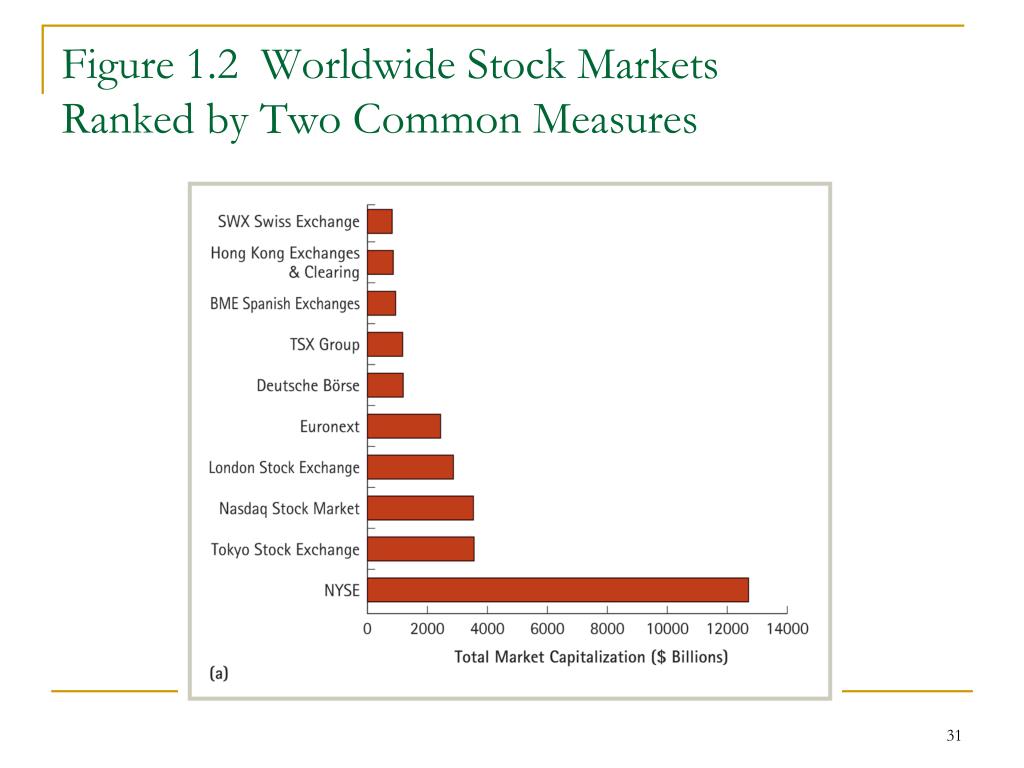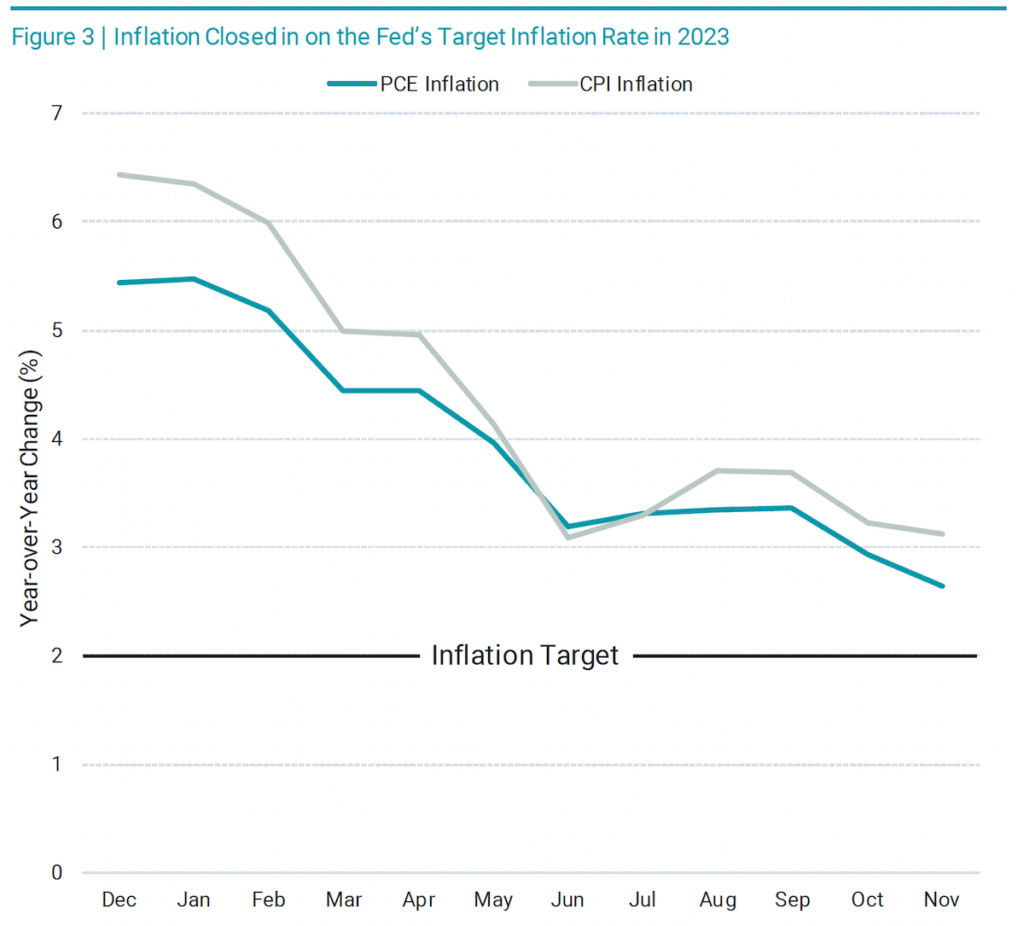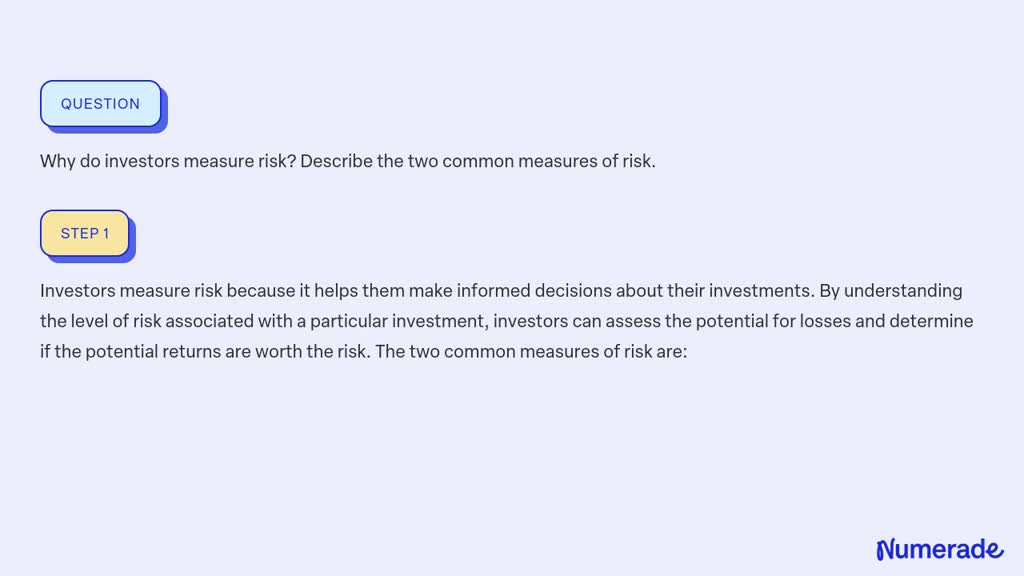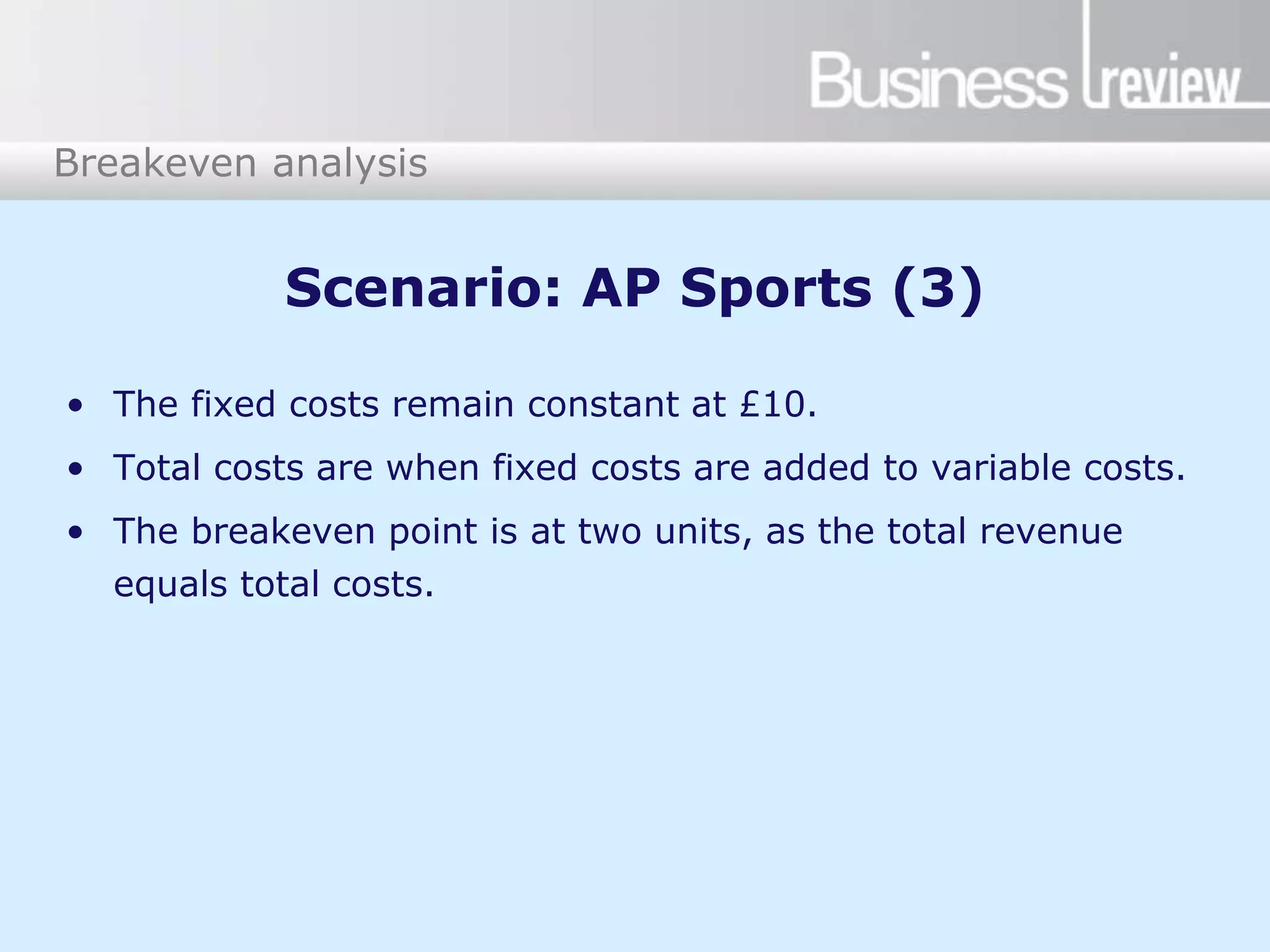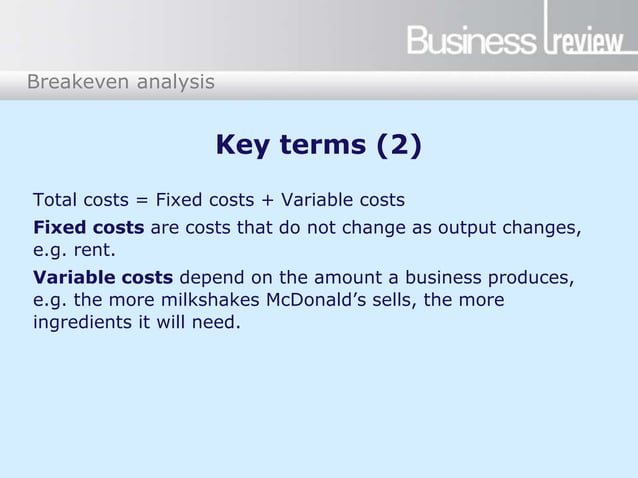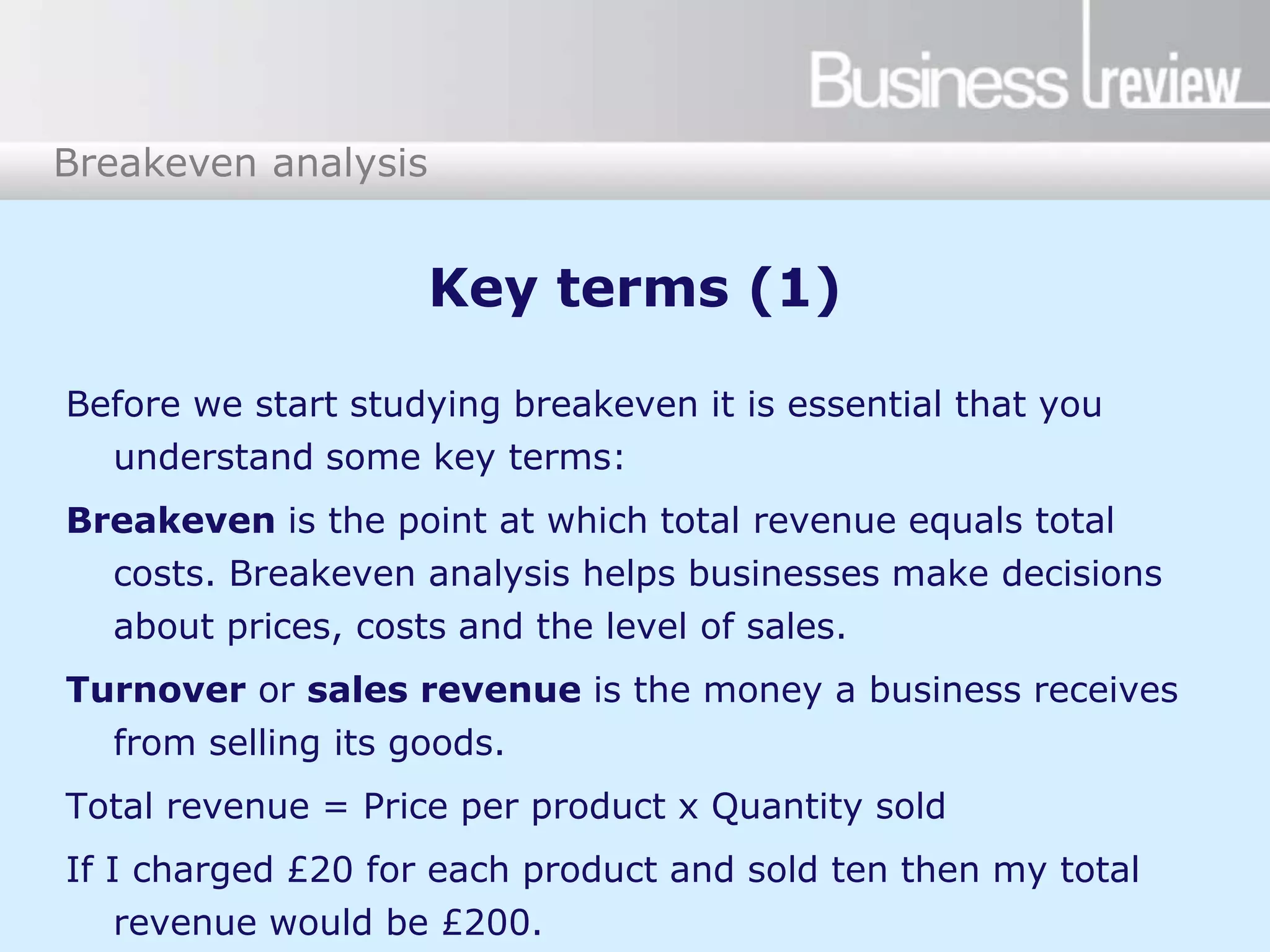Two Common Measures Of The Overall Level Of Prices Are

Inflation continues to be a major economic concern for households and policymakers alike, driving interest in understanding how price levels are measured. Two primary indicators are frequently used to gauge the overall level of prices in the economy: the Consumer Price Index (CPI) and the Gross Domestic Product (GDP) deflator).
Understanding these measures, their methodologies, and their differences is crucial for interpreting economic data and anticipating potential financial impacts.
Understanding the CPI
The Consumer Price Index (CPI) is a widely recognized measure of the average change over time in the prices paid by urban consumers for a market basket of consumer goods and services. The Bureau of Labor Statistics (BLS) calculates the CPI monthly, tracking the prices of a fixed basket of goods and services that represent typical household spending.
This basket includes categories like food, housing, apparel, transportation, medical care, recreation, education, and communication. The CPI aims to reflect the purchasing power of consumers by quantifying how much more or less it costs to maintain a certain standard of living.
How it's calculated: The BLS collects price data from thousands of retail outlets and service providers across the country. These prices are weighted according to their importance in the average consumer's budget. The CPI is expressed as an index number, with a base year assigned a value of 100. Changes in the index reflect changes in the overall price level. For example, a CPI of 110 indicates a 10% increase in prices compared to the base year.
Limitations: Despite its usefulness, the CPI has some limitations. It may not perfectly reflect the spending patterns of all consumers, as it relies on an average basket of goods. Substitution bias occurs when consumers switch to cheaper alternatives in response to price increases, which isn't always captured immediately by the CPI. Furthermore, quality improvements in goods and services can be difficult to account for, potentially overstating inflation.
Delving into the GDP Deflator
The GDP deflator is a price index that measures the level of prices of all new, domestically produced, final goods and services in an economy. It's a more comprehensive measure than the CPI because it includes all components of GDP (consumption, investment, government spending, and net exports), not just consumer goods and services.
The Bureau of Economic Analysis (BEA) calculates the GDP deflator quarterly as part of its GDP estimates. Unlike the CPI, the GDP deflator is not based on a fixed basket of goods and services.
How it's calculated: The GDP deflator is calculated by dividing nominal GDP (the value of GDP at current prices) by real GDP (the value of GDP adjusted for inflation). The resulting ratio represents the change in prices between the base year and the current year.
Formula: GDP Deflator = (Nominal GDP / Real GDP) x 100. This means that the GDP deflator reflects changes in both the quantities and prices of goods and services produced in the economy.
Limitations: One drawback is that the GDP deflator is only available on a quarterly basis, whereas the CPI is released monthly, providing more frequent updates on inflation. It also doesn't directly measure the cost of living for consumers, as it includes prices of goods and services purchased by businesses and the government.
CPI vs. GDP Deflator: Key Differences
The CPI and GDP deflator differ significantly in their scope and methodology. The CPI focuses on a fixed basket of consumer goods and services, while the GDP deflator encompasses all domestically produced goods and services.
The CPI uses a fixed-weight approach, while the GDP deflator uses a chain-weighted approach that reflects changing production patterns. The CPI includes prices of imported goods, whereas the GDP deflator only includes prices of domestically produced goods.
These methodological differences can lead to variations in the measured rate of inflation between the two indices. In periods of significant shifts in consumer spending or production patterns, the differences can be more pronounced.
Impact on Consumers and Policymakers
Both the CPI and GDP deflator play critical roles in informing economic decisions. Consumers use the CPI to assess changes in their cost of living and make budgeting decisions. Businesses use it to adjust wages, prices, and contracts.
Policymakers, particularly the Federal Reserve, closely monitor both indices to gauge inflationary pressures and make decisions about monetary policy. The Federal Reserve often targets a specific inflation rate, using tools like interest rate adjustments to influence economic activity and price stability.
Understanding the nuances of each measure allows for a more informed assessment of the economic landscape. While the CPI may be more directly relevant to household budgets, the GDP deflator provides a broader perspective on price changes across the entire economy. Ultimately, both indices provide valuable insights that support responsible economic planning and decision-making.
"Monitoring both the CPI and GDP deflator provides a more complete picture of inflation," said Dr. Emily Carter, a leading economist.
As inflation continues to be a focal point of economic discussion, staying informed about these essential measures empowers individuals and organizations to navigate the evolving economic climate more effectively.

